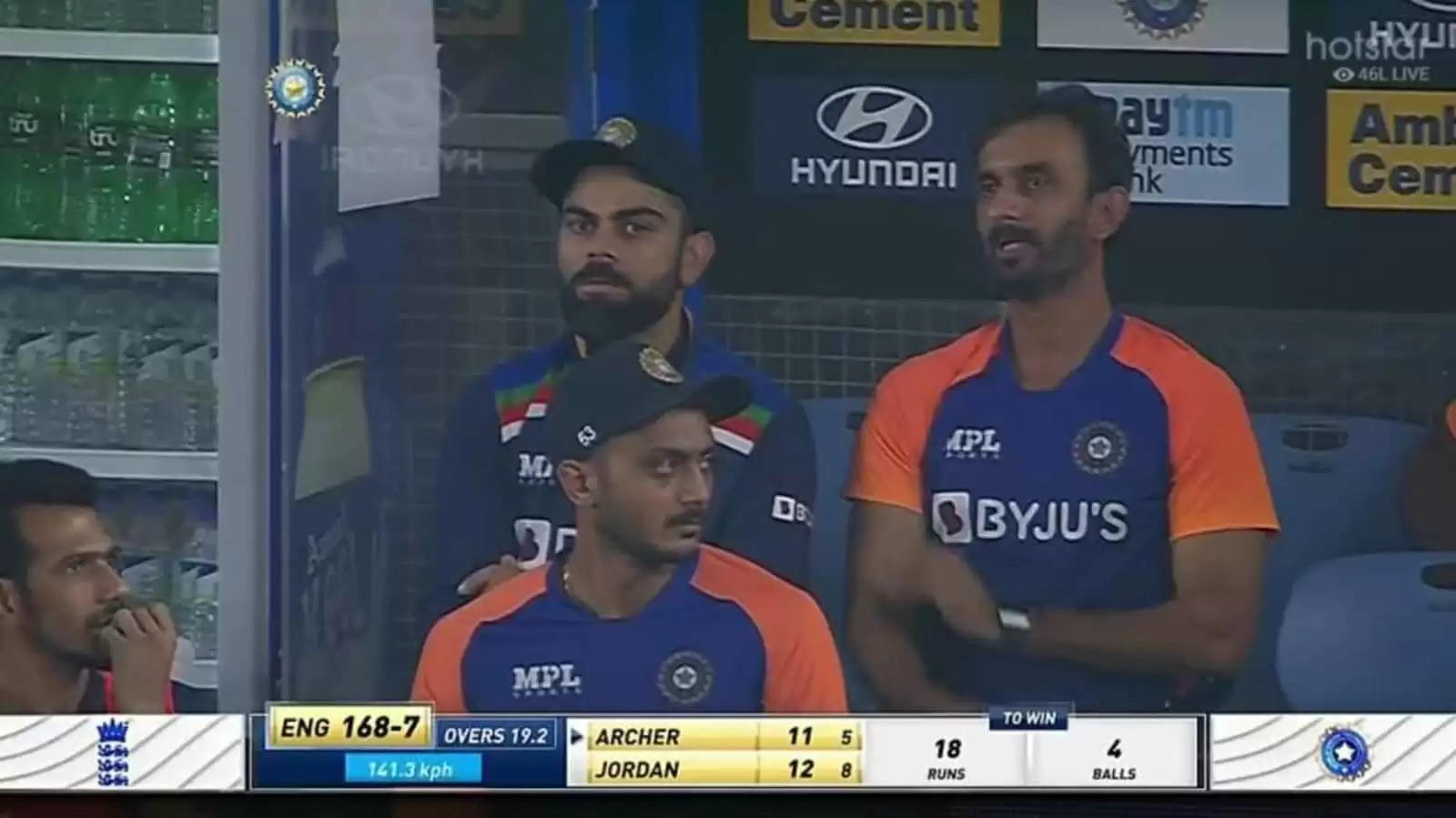With only three weeks left for the T20 World Cup 2022, the preparations of all the teams are in full force. The 8th edition of the tournament will be held in Australia from October 16 to November 13.
The ICC recently made some significant changes to the shortest format that will come into effect from October 1, meaning that the matches during the T20 World Cup 2022 will be played under the new playing conditions.

Teams will have to modify some of their approaches and be proactive in making decisions.
Here are 5 new rules which could benefit or hurt teams at the T20 World Cup 2022:
1. Running out non-striker
The most debated topic in recent times with the two parties being adamant – one pointing out that the rule book allows the bowler to run the non-striker out who’s backing up too much while other voicing that it is not in the spirit of the game.
The MCC removed all ambiguity surrounding this, and changed the wording that covers a player being run out by the bowler while backing up – previously referred to as ‘Mankading’ – moving it from Law 41 (Unfair play) to Law 38 (Run out). The batter should remain in the bowling crease until the bowler has released the ball.
We might even see it happening at the T20 World Cup knowing that a run and inches have impacted the outcome of a T20 match, more and more bowlers – apparently not-English – will use this mode of dismissal.
2. New batter to take strike when caught dismissal
This rule will change the game as earlier the non-striker would face the next delivery if the two batters had crossed before the catch was taken. Now, though, when a batter is out caught, the new batter will come in at the end striker’s end, regardless of whether the batters had crossed before the catch is taken. The exception is that only if the caught dismissal happens on the last ball of the over, then the non-striker will face the first ball of the next over as usual.
3. Unfair movement by the fielding side
We have seen slip fielders quickly move the other side when a batter gets in the stance to play a scoop of paddle. From now on, this will be considered an unfair. Any deliberate movement by the fielders while the bowler is running in to bowl could now result in the umpire awarding a five-run penalty to the batting side, as well as the ball being called dead.
4. Stricter time restrictions for new batter:
To cut down time from the game, the governing body have now made is compulsory for a new batsman to be ready to take strike within two minutes in Tests and ODIs and 90 seconds in T20Is.
In the previous rule, the new batter had three minutes to take the strike. If the new batter fails to do so, the fielding captain can appeal for Timed Out.
5. Over-rate penalty with an extra fielder inside the circle:
This is easily the biggest change that the ICC has brought and it already significantly affected the teams during the Asia Cup.
The over-rate penalty rule states that the fielding side must be in a position to bowl the first ball of the final over of the innings by the scheduled or rescheduled time which the umpire notes and is also displayed on the big screen.
If the bowling team is not in such a position and falls behind time, one fewer fielder will be permitted outside the 30-yard circle – meaning instead of 5 only 4 fielders can be outside the circle – for the rest of the innings.
During the Asia Cup, both India and Pakistan were forced to field only 4 boundary riders in the last three overs of the group stage clash because of slow over-rate.

